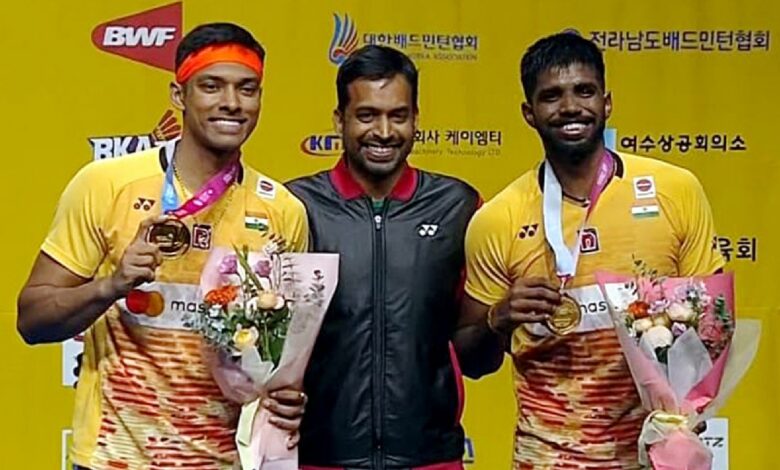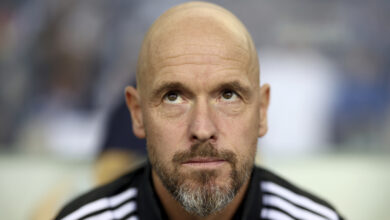Pullela Gopichand spells out his ideal scenario: ‘This is my idea of how a country’s sports eco-system should be…’ | Badminton News

I welcome the debate that my views on sport has kickstarted. Beyond the realism of what I said, I would also like to add what my idea of an ideal sports eco-system for the young generation, looks like. A utopia at this stage, if you like, but very implementable. I’m a huge believer in universal physical literacy – sports for all, at school level.
Sports play a crucial role in the growth and development of both individuals and nations. As a country, we have made significant progress both alphabetically and numerically in recent years. However, our physical development has declined over the same period. This shift highlights the urgent need to recognize the importance of sports in shaping our collective future.
Story continues below this ad
Sports instill fundamental life lessons such as resilience in the face of defeat, the ability to bounce back from setbacks, discipline, perseverance, and hard work. These traits are essential for every individual to succeed in life. In a nation that aspires to grow and prosper, sports play a pivotal role in fostering these qualities.
It is imperative that children engage in sports from an early age, not merely as a recreational activity but as a serious pursuit with professional aspirations. The benefits of professional sports far outweigh those of casual play, as they provide structured development and instill qualities that contribute to long-term success.
In my opinion, every child, regardless of their socioeconomic background, can benefit from playing sports professionally. As a nation, we should actively encourage this approach. Instead of solely focusing on talent identification, we should aim to involve all young children in sports with the mindset of becoming professional athletes. The choice of sport should be guided cultural factors, personal aptitude, and individual interest.
As children progress, there should be structured checkpoints—though these may vary depending on the sport—where we conduct a realic potential assessment using sports science. This evaluation should determine whether an athlete has the potential to compete at the world-class level. If it becomes evident that a child does not possess the attributes necessary to reach elite levels, their energy and skills should be redirected towards other fields where they can excel.Story continues below this ad
The age at which this transition occurs will vary across different sports but generally falls between 13 and 19 years. Sports science is key to determine who will, or won’t.
At every exit point, it is crucial to provide proper guidance and support to ensure that these children successfully transition into new career paths – and parents, teachers, colleges and corporates have to hand hold this exit. This structured approach will enable them to leverage the discipline and values acquired through sports in other aspects of their lives.
This process will realically yield 5 top champions, and 20 who are trying to be champions. But that number of trying and failing, post 20, can’t be 2000. That’s where my “think twice” advice comes from.
Now, imagine a nation where every child actively participates in sports, benefits from the experience, and grows into a disciplined, determined, and resilient individual. These qualities will not only make them better athletes but also better professionals in whichever field they choose to pursue.Story continues below this ad
Time spent in sport is the seed capital for teamwork, hard work, and dealing with failure.
To truly explore the full potential of one’s physical capabilities is essential for cultivating a visionary mindset on the mental front. Simply put, every Indian adult should be able to run and lift weights.
In essence, education without sports—particularly professional sports—feels incomplete. I would also extend this definition to include other physical disciplines such as art, music, and dance, which contribute to an individual’s holic development.






